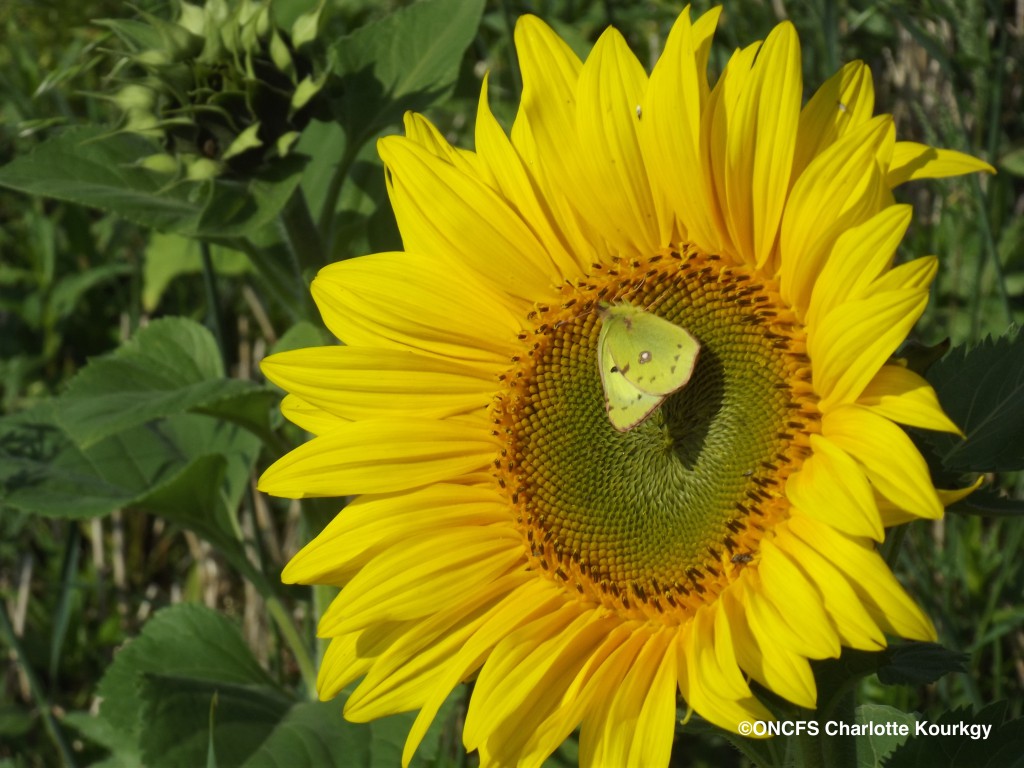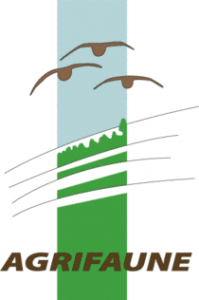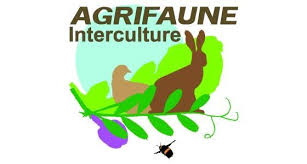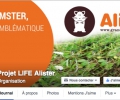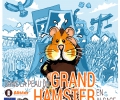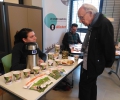Using programme interdiciplinarity for sharing experiences
12 juillet 2018Agrifaune is a national programme launched in 2006 aimed at getting hunters and farmers to work together on farming practices that take into account the needs of wildlife. It is led by a partnership between the Assemblée Permanente des Chambres d’Agriculture (ACAP), the Fédération Nationale des Syndicats d’Exploitants Agricoles (FNSEA), and the Office National de la Chasse et de la Faune Sauvage (ONCFS). Its objectives, in part, match those of the LIFE Alister project.
The Agrifaune programme for reconciling biodiversity, conservation, and agricultural practices
Partners’ shared objectives are:
- to encourage the taking into account of wildlife in productive and economically efficient farming practices;
- to perform demonstrations;
- to promote existing benchmarks that make it possible to reconcile agronomy, economics, environment, and wildlife; and
- to contribute to the sustainable development of rural territories.
There have been numerous achievements in the Greater Eastern Region. For example, the ‘Mille bouchons en terre de Champagne’, or ‘ A thousand bushes for the Champagne area’ campaign has led to the planting of bushes in the chalk soils of the Champagne region. The development of ‘Sem’OBord’, an innovative seed drill suitable for narrow working widths, is a technical lever for the restoration of field edges. Through awareness and training, the use of flushing bars mounted on mowers can reduce wildlife mortality (deer, hares and similar). By setting up testing platforms, it has been possible to test and validate different intercrop covers. While seed mixes with the ‘Agrifaune’ label are favourable for small game, they are also economically interesting for farmers and can be found in the catalogues of agricultural supplies distributors. Finally, pilot territories and farms in the Greater Eastern Region have joined the national Agrifaune network, thus facilitating access to information on agronomic benchmarks, experiments involving innovative techniques, and how the territory can be made favourable for lowland wildlife.
Towards the labelling of intercrop covers that are favourable for the European hamster
In 2018, Agrifaune’s regional partners signed a new multi-year project (2018-2020). Measures introduced in the Greater Eastern Region will include the use of intercrop covers favourable for small wildlife, the assessment of the impact of mechanisation in cover destruction, the setting up of demonstration sites for ‘field edge’ management, the promoting of inter-row gaps in vineyards, and the continuing of training initiatives in pilot territories.
![7DII4842 (2)[1] - copie](http://www.grand-hamster-alsace.eu/wp-content/uploads/sites/9/2018/07/7DII4842-21-copie-200x300.jpg) In the Lower Rhine region, an experimental platform will be set up to test different intercrop covers that meet the needs of the European hamster. Studies carried out as part of LIFE Alister
In the Lower Rhine region, an experimental platform will be set up to test different intercrop covers that meet the needs of the European hamster. Studies carried out as part of LIFE Alister
along with those conducted by the CNRS (National Centre for Scientific Research), and the Chambre d’agriculture d’Alsace (Alsace Chamber of Agriculture), have made it possible to put forward recommendations on the composition of these covers. They must be a mix that includes a cereal, a legume and sunflower, the latter being beneficial for hibernation. Different mixes will be tested and validated in terms of their agronomic interest as well as for the benefit they represent for wildlife. Varied methods of destruction will also be tested. The best mixes will be given the ‘Agrifaune Interculture’ label, which will provide guidance for farmers when purchasing intercrop seeds.
Information on the national Agrifaune programme and regional projects is available on the website : www.agrifaune.fr

